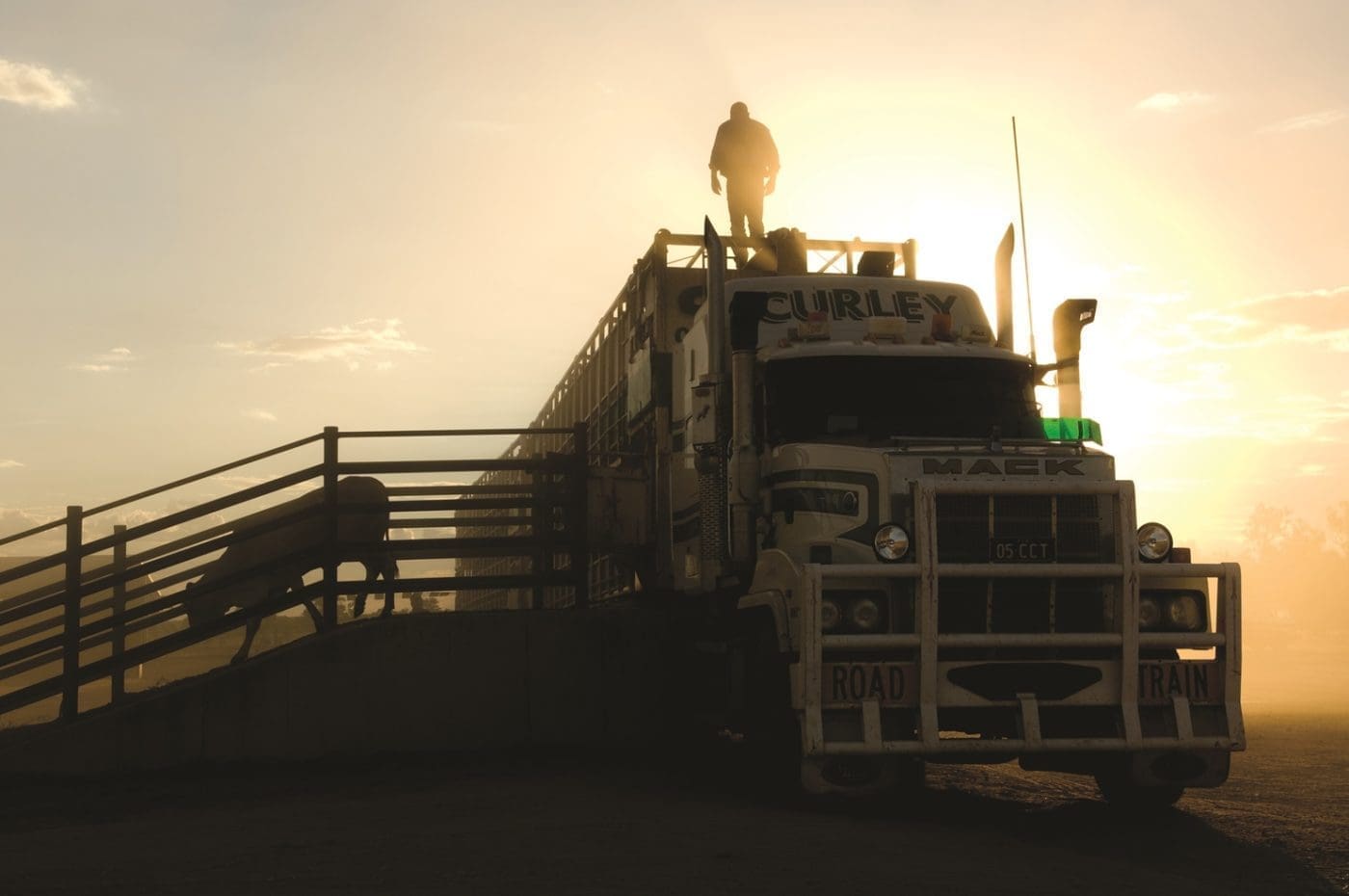With above average rainfall predicted across the largest beef-producing states of New South Wales and parts of Queensland, the national cattle herd is projected to grow by 1.1 million head this year – up 4pc on last year – to 27.2 million head.
In addition, slaughter numbers are forecast to rise by 11pc this year to 6.7 million head, driven by increased supply.
 These are some of the headline figures included in Meat & Livestock Australia’s 2022 Cattle Industry Projections released this morning.
These are some of the headline figures included in Meat & Livestock Australia’s 2022 Cattle Industry Projections released this morning.
MLA’s market information manager Stephen Bignell said the ongoing rebuild was positive for the red meat and livestock industry, however the pace of the rebuild would vary across different states, underpinned by a third year of favourable seasonal conditions for southern Australia.
“Herds in the southern states of New South Wales and Victoria will mature favourably, with large numbers of high-quality young breeding females and heifers joined to deliver a large cohort of calves for the 2022 spring. Females will be well supported by abundant and good quality pastures promoting favourable growing conditions,” Mr Bignell said.
While the southern states were accelerating their rebuilds, success in the north would be be ongoing, albeit at a slower pace.
“While Queensland’s rebuild has been aided by excellent spring and summer rainfall events in central and southern parts of the state, the northern pastoral system requires a positive end to the 2022 wet season before its rebuild can definitively begin in 2023,” Mr Bignell said.
The northern systems rebuild was currently reliant upon successive favourable wet seasons occurring in 2022 and 2023 to deliver the core breeding herd an opportunity to increase joining percentages and branding rates.
Production
MLA says increased supply will see slaughter numbers increase by 11pc this year – albeit coming of 35 year lows in 2021 – with production volumes expected to reach 2.08 million tonnes, a positive sign for export markets.
Record high carcase weights will help underpin beef production this year. Driven by large volumes of quality grazing pastures over the last two years, average carcase weights are forecast to reach 311kg this year, a 9pc increase on the 283kg levels which were recorded in 2019 at the height of the drought – an improvement of 28kg/head in the space of three years.
The use of lotfeeding programs is leading to higher carcase weights. Current high prices for cattle are leading to heavier weights as producers have an economic incentive to add additional weight to their animals, especially when feed is abundant and cheap. If finished cattle prices ease, the recent carcase weight gains will stabilise.
“Following a challenging 2021 for export markets, Australian beef will enter a significant high-value export market when the Australia-UK Free Trade Agreement comes into effect later this year,” Mr Bignell said.
As many countries continued to recover from the COVID pandemic, demand for Australian beef is expected to grow in line with improving supply of cattle from the second half of 2022.
“However, headwinds remain for the industry in 2022 with transportation, staff shortages and the potential for the Australian dollar to appreciate all challenges for industry to manage,” Mr Bignell said.
“While these challenges remain, the beef industry is experiencing market conditions and confidence never seen before at a producer level. Overall, the industry is in an incredibly positive position and will continue to deliver high value, high quality Australian red meat to both emerging and established global markets.”
Cattle prices
MLA surveyed six industry analysts for their price forecasts through until the end of the 2022 financial year. The analysts expect the EYCI to hit 998c/kg on 30 June 2022, as demand falls and supply increases. This price represents a 11pc reduction on current prices.
As economies continue to recover from the pandemic and demand from the middle-income earning consumers grow in line with the increased population of these people, the export outlook for Australian beef is promising.
Headwinds and challenges will remain, such as the macro issues including labour, shipping and logistics, as well as the potential for the Australian dollar to appreciate. However, overall, there are a multitude of positives for industry, particularly for the producer and the heightened demand for Australian beef in key global and emerging markets.
